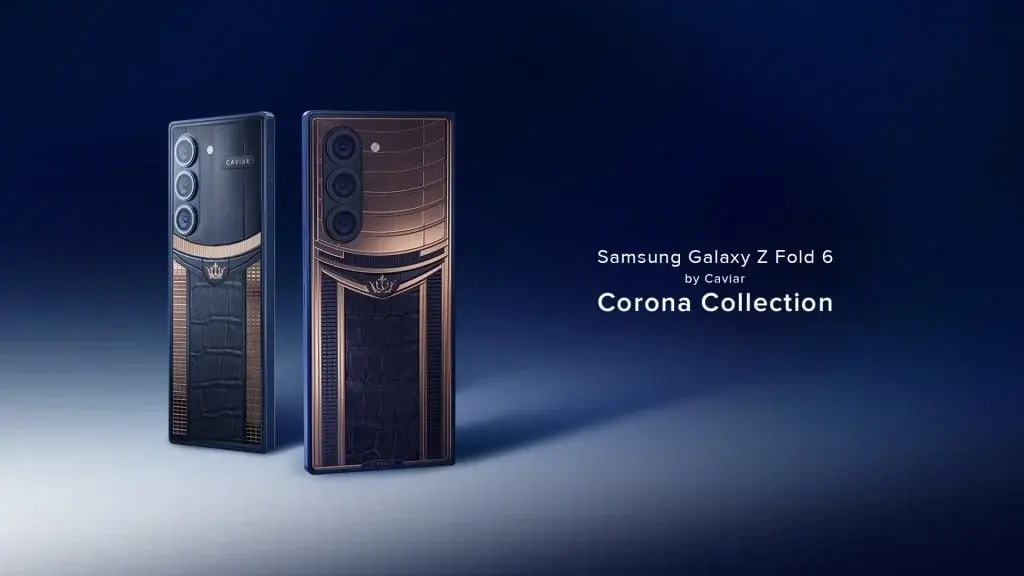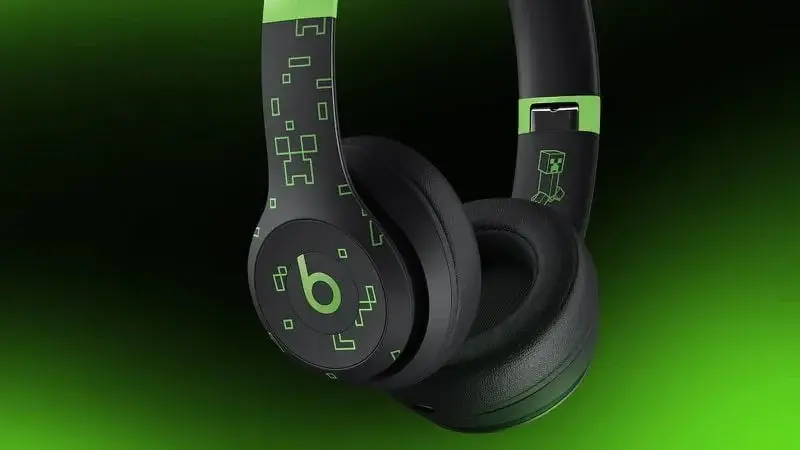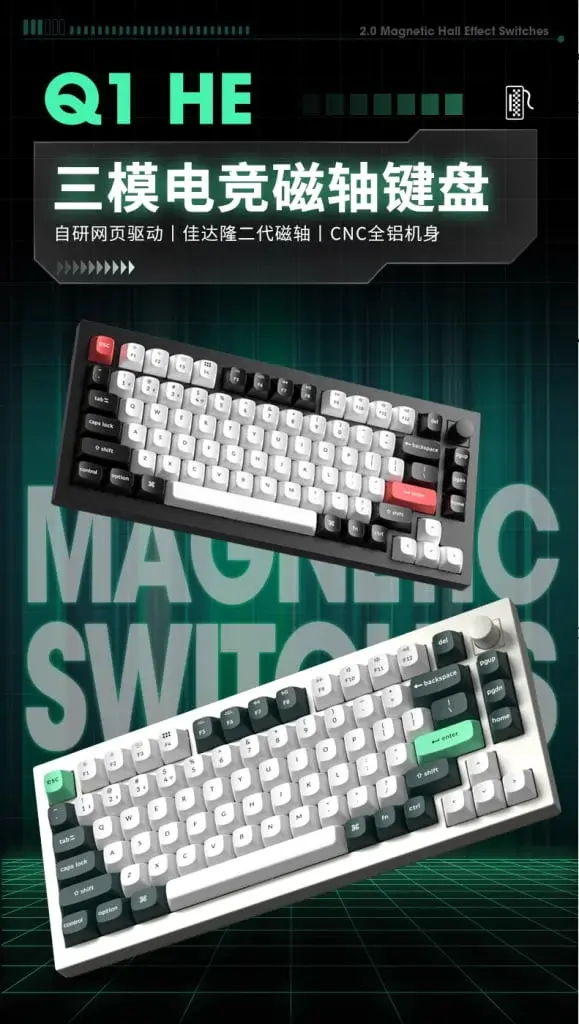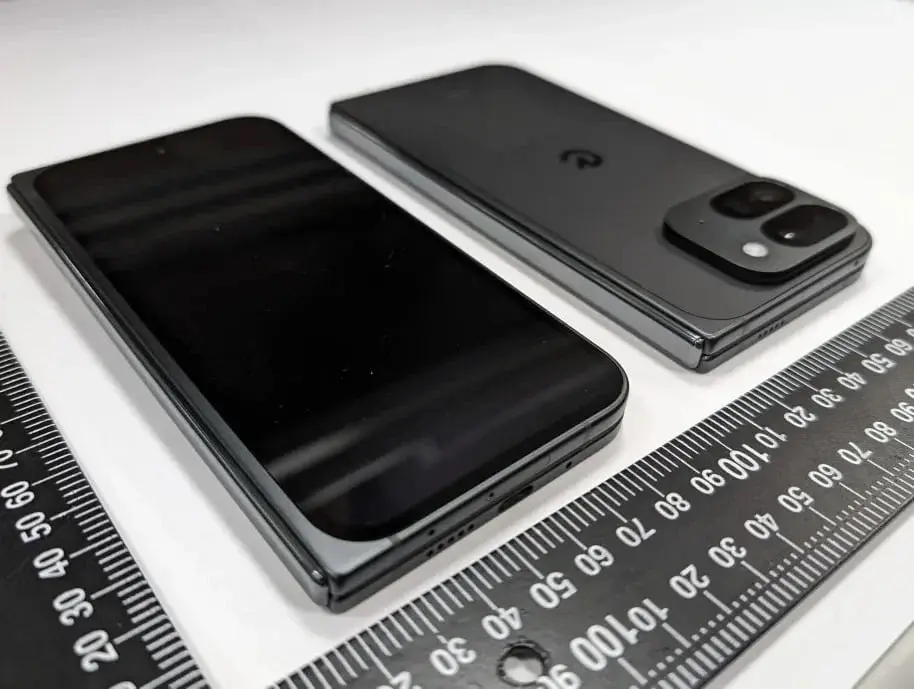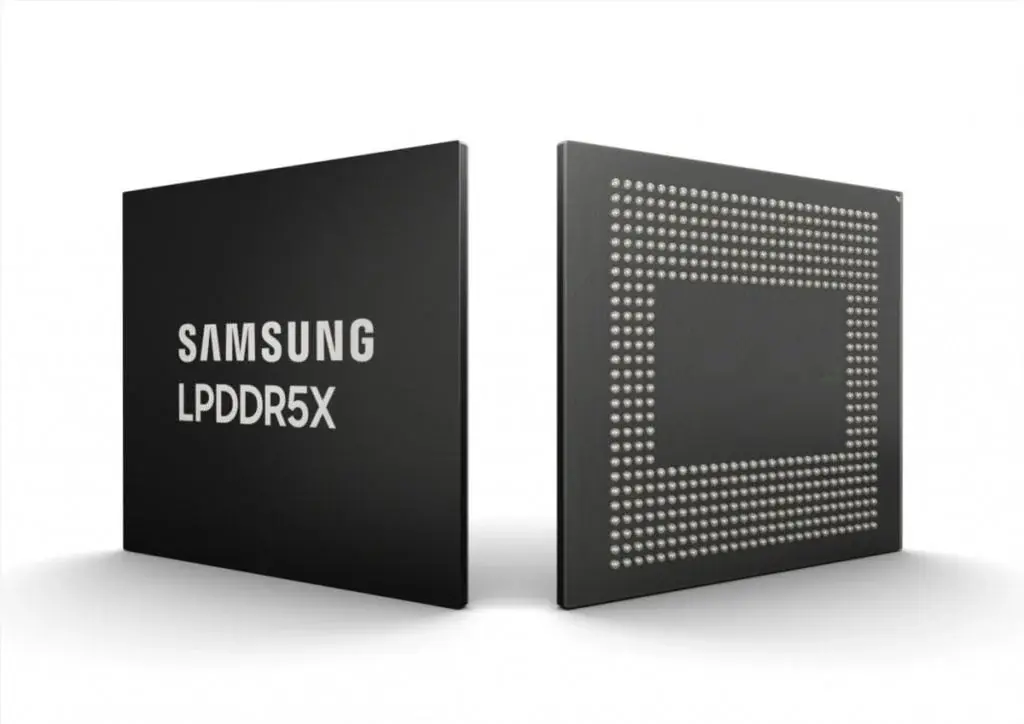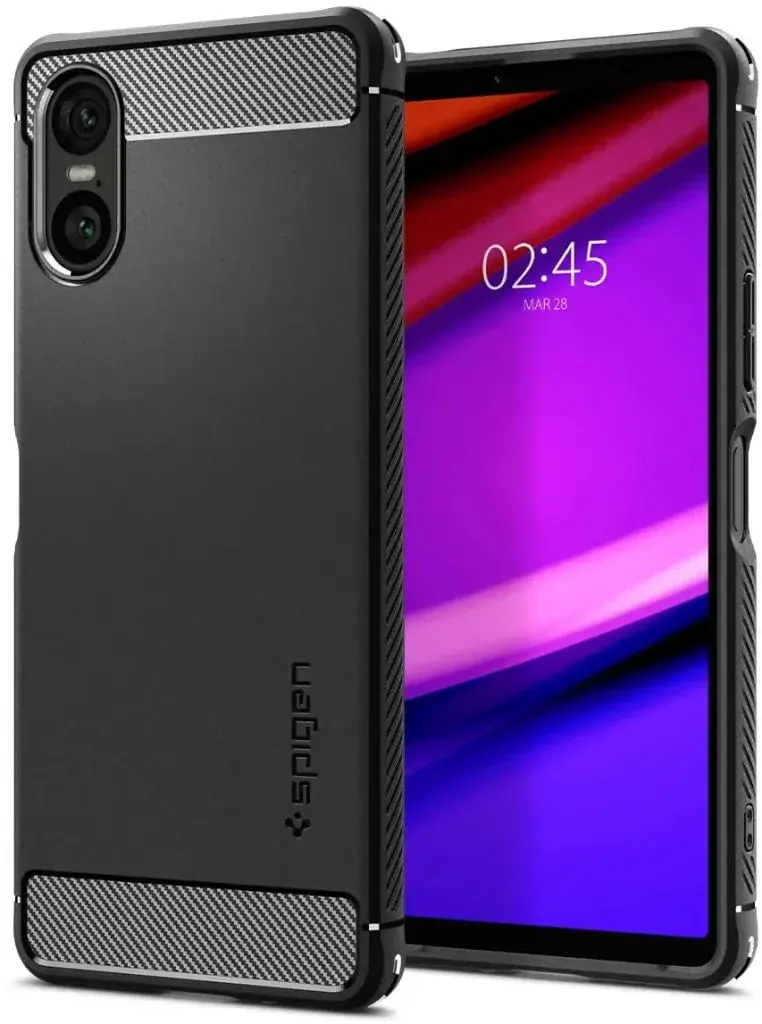The OnePlus Nord Buds 3 Pro has been launched in conjunction with the Nord 4 smartphone, Pad 2 tablet, and Watch 2r. These TWS earphones offer high-end features at a budget-friendly price, specifically under the Rs 4,000 bracket. Marketed as an affordable flagship option, they are designed for young, tech-savvy consumers. Let’s delve into what this audio device brings to the table.
OnePlus Nord Buds 3 Pro Specifications
The design of the OnePlus Nord Buds 3 Pro is reminiscent of Apple AirPods Pro and the newly released Samsung Galaxy Buds 3. Featuring a stem and earbuds with silicon tips, they also boast an IP55 rating for dust and water resistance.
In terms of audio, the OnePlus Nord Buds 3 Pro includes a 12.4mm large titanium driver delivering powerful bass and clear treble. It offers up to 49dB active noise cancellation to block out ambient noise. The smart noise cancellation feature adapts automatically to the required level of noise reduction. Additionally, the earbuds are equipped with three microphones and OnePlus’s Crystal Clear Call technology for clear and stable call quality. The transparency mode allows users to stay aware of their surroundings. These earbuds also feature the flagship BassWave 2.0 algorithm for fine-tuning bass frequencies, along with Master EQ, enabling users to choose from three different modes.
Battery Life and Connectivity
The OnePlus Nord Buds 3 Pro claims a 12-hour playback time with ANC turned off. The battery life extends to 44 hours when using the charging case. The TWS earphones support simultaneous connection to two devices and come with Bluetooth 5.4 and Google Fast Pair.
Pricing and Availability
The OnePlus Nord Buds 3 Pro are priced at Rs 3,299 / EUR 79 / $79 in India, Europe, and the US, respectively. They are available in two colors: Starry Black and Soft Jade. The TWS earphones will be available for purchase starting July 20.


